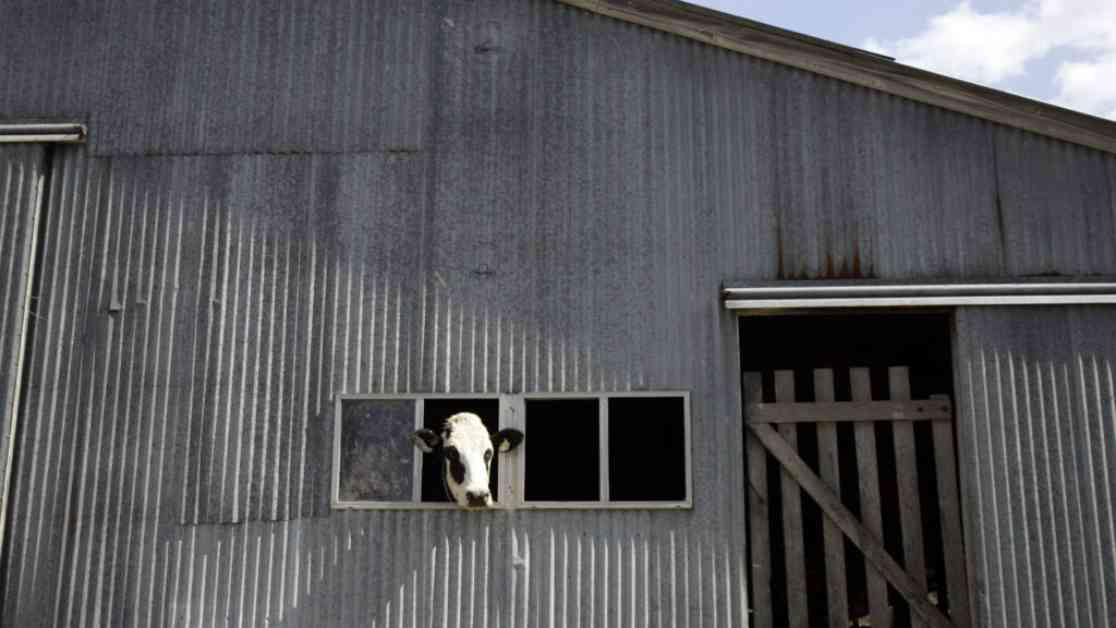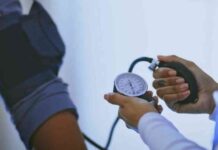A second health care worker in Missouri who cared for a person hospitalized with H5N1 bird flu has developed mild respiratory symptoms, according to the Centers for Disease Control and Prevention. The health worker was not tested for influenza, and Missouri health officials were only made aware of the symptoms after the individual had already recovered, making it too late to run a diagnostic test.
The CDC is closely monitoring the situation in Missouri, stating that the risk to the public remains low despite the new development. This is not the first time additional possible cases associated with the confirmed H5N1 case have come to light well after the fact. Last week, it was revealed that a household contact of the confirmed case and another health worker who had cared for the individual while in the hospital also fell ill. The first health worker tested negative for influenza.
The household contact became ill on the same day as the confirmed case, indicating that person-to-person spread between them is unlikely. This suggests that if the second person was indeed infected with H5N1, they likely had the same exposure to the virus as the confirmed case. The source of the infection for the second individual remains unknown.
Missouri has not reported any infected dairy cattle or recent poultry outbreaks involving the virus, raising questions about how the individual contracted H5N1. The confirmed case was hospitalized on Aug. 22 but was only publicly reported on Sept. 6 after the person had recovered and been discharged from the hospital.
The investigation into the case is ongoing, with health care workers who may have had contact with the individual being identified and followed up with. The CDC can only send disease investigators if invited by a state, and Missouri has not issued an invitation for their assistance.
Blood samples have been collected from both the confirmed case and the household contact for serological testing to confirm previous infection with H5N1. The samples are being sent to the CDC for analysis. The newly identified health worker will also be asked to submit a blood sample for testing, with results expected in the coming week.
Michael Osterholm, director of the University of Minnesota’s Center for Infectious Diseases Research and Policy, mentioned that the health care worker’s illness could potentially be attributed to the high levels of respiratory illness, including Covid-19 activity, during the time the confirmed case was in the hospital. Further testing will be needed to determine the cause of the symptoms.
Meanwhile, in California, seven more dairy herds have been found infected with H5N1, bringing the total number of affected farms in the state to 17 and the cumulative number of infected herds in the country to 215 in 14 states. The outbreak in cattle was first confirmed in late March.
Determining the extent of the virus in dairy herds has been challenging due to resistance from farmers to test their animals. However, some farmers have submitted samples from ill cows for testing, particularly after a federal program was implemented to compensate for milk production losses. Retrospective testing has confirmed at least seven herds to be infected.
To date, there have been 14 human cases of H5N1, with four involving farmworkers who worked with cattle, nine in people who worked with infected poultry, and the Missouri case. There are concerns that the 14 confirmed cases may not represent the full extent of human infections, prompting the CDC and the Ohio Department of Health to conduct a serological survey of veterinarians and other veterinary professionals.
At a recent conference of the American Association of Bovine Practitioners in Columbus, Ohio, blood samples and questionnaires were collected from approximately 150 veterinarians and others working with cows from 45 states. The goal is to identify any undetected infections among these individuals.
Overall, the situation in Missouri and California highlights the ongoing challenges posed by H5N1 bird flu and the need for continued vigilance and investigation to prevent further spread of the virus. The CDC and state health departments are working diligently to monitor and respond to cases as they arise.

















